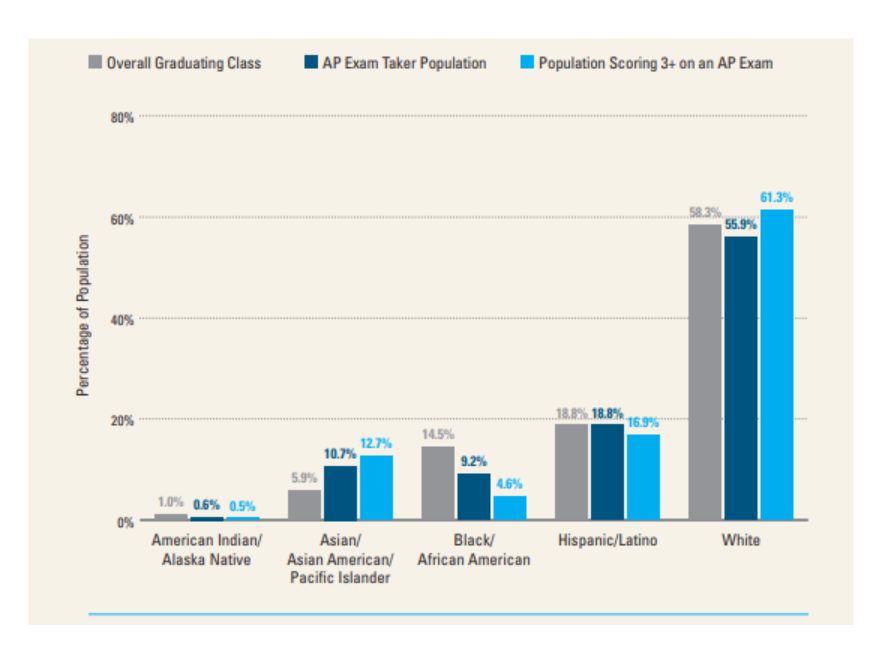Marcus Evangelista
UCI CalTeach, Cohort 2013
ABSTRACT:
CalTeach’s core values center around our beliefs that schools should be equitable and engaging places of learning for all children, and where teachers are critical agents of educational innovation and change. One CalTeach Alumni, Marcus Evangelista, saw the inequities for students to engage in rigorous and relevant science and set a plan in motion to increase student access to physics/AP physics at his high school. Read how Marcus increased the love of learning science and exploring the world around us with his high school students.
ARTICLE:
Physics is the best subject, hands down argument closed. What other subject lends itself more to natural curiosity and leads to an understanding of the world around us. Yet as I looked at the low Physics numbers and enrollment in my classes, I began to wonder, why don’t students want to take Physics? Don’t they know what exciting topics await them such as motion, forces, torque, electricity, and sound? Furthermore, why is it that certain groups and demographics are underrepresented in a class already facing low enrollment? This was therefore my goal, to figure out what is keeping students from signing up for the best class of their lives?
As you might have guessed, I teach Physics. With this, I understand things best when they come in the form of numbers and data. I set out to collect data on our school’s AP Enrollment. Was the disparity in enrollment between demographics something that was isolated to my class and subject area, or is it a trend that can be found school wide? It should have been easy to answer this question, yet this took a considerable amount of asking and digging at both the school and the district to acquire this data. This told me that there was no one asking these questions and further emboldened my need for an answer.
The chart below shows our current school enrollment in blue and our Gate enrollment in red. Blacks, Hispanics, and American Indians are underrepresented while Asian and Whites are overrepresented. This trend is similar when looking at the entire AP exam taker population.
Taking on inequity brought about by years of practices supported by large institutions at a national level is beyond the scope of what I was set out to accomplish, and although these important questions need to be addressed, I could practically only focus on the inequities in my class and my school site.
Naturally, in my quest to answer my original question, I came upon more questions. What is the goal of our Gate program? What barriers and attitudes exist that keep students from enrolling in AP classes? How are AP classes advertised to students as well as parents? What support do AP students and teachers receive?
Looking at the language and systems surrounding AP classes, I found myself analyzing the words we use for our AP program: AP Classes are for HIGHLY MOTIVATED students that have STRONG ABILITY, AP is a PRIVILEGE. Course pre and co requisites were also a part of this system including an application, interview process, eligibility tests, and a recommendation process. In addition, there existed a strong notion that Physics requires extremely complicated math and calculations. This might be true for higher levels of Physics, but introductory mechanics is non calculus based and focuses more on concepts, with students picking up their calculator a lot less often than expected.
So, what is the goal of our Gate program? Is it to have the best pass rates possible by curating the students who take the test and classes? Is a student who experiences all that AP Physics has to offer yet gets a 1 on the test considered as someone who should have bypassed the class? My ultimate goal of my AP Physics class is for students to learn Physics. Passing the AP exam is a great accomplishment, but I have had students who did not pass and yet are now majoring and loving Physics at the college level.
The removal of barriers to equity has increased Physics enrollment to almost double previous numbers. The pass rates have also remained relatively unchanged even without selective enrollment and other similar practices. Thank you for following my ongoing work and journey: what barriers exist at your site and what active steps can you take to open access and promote equity for all students?

